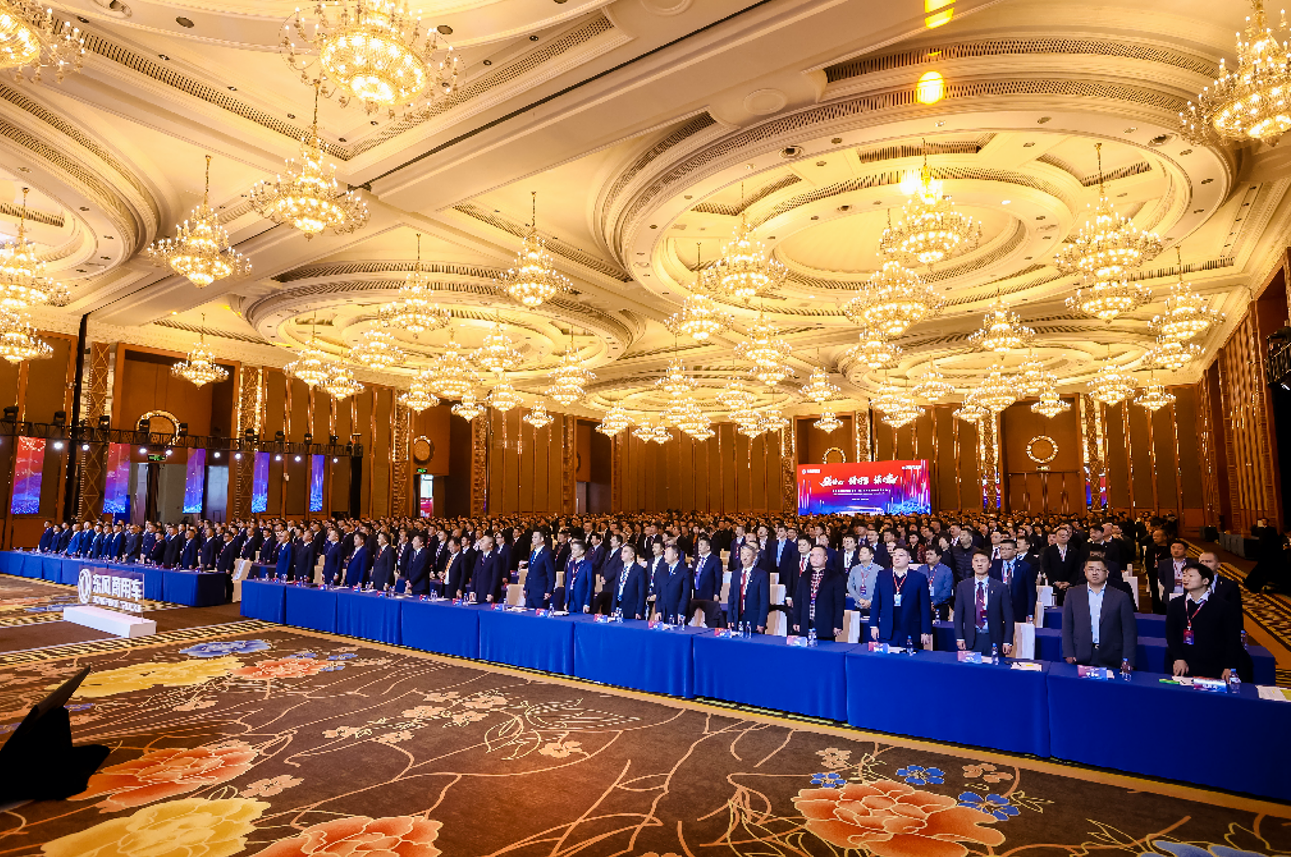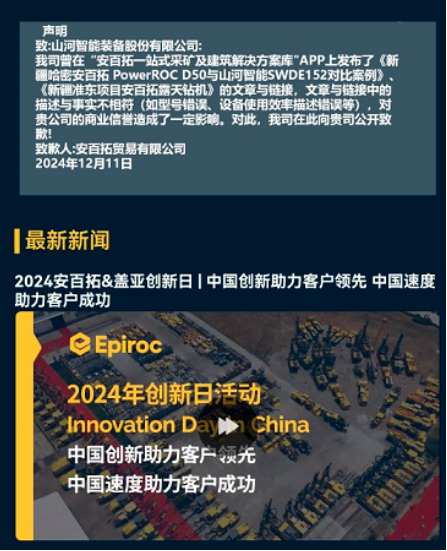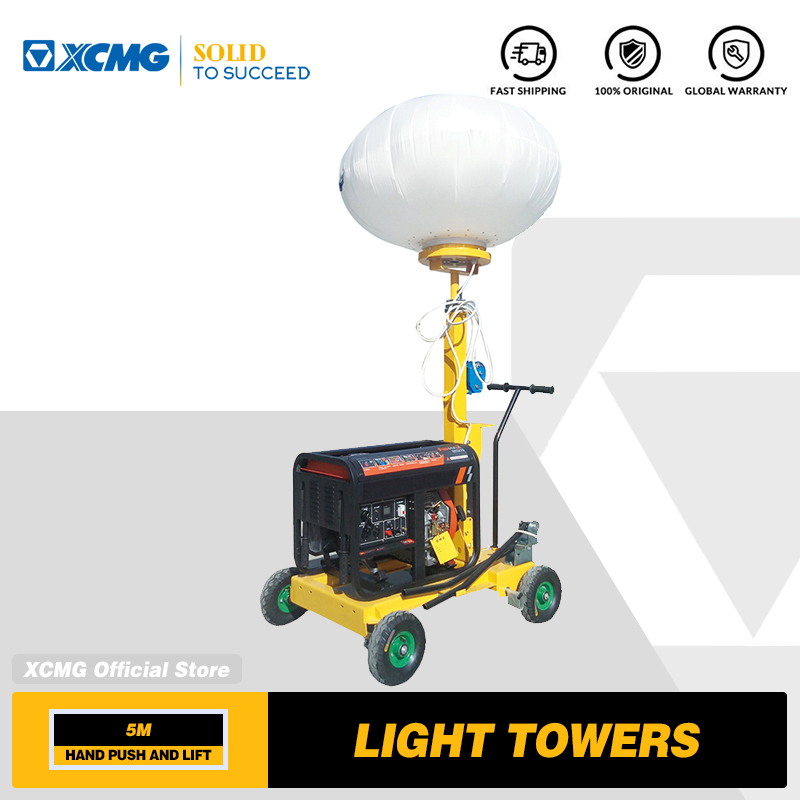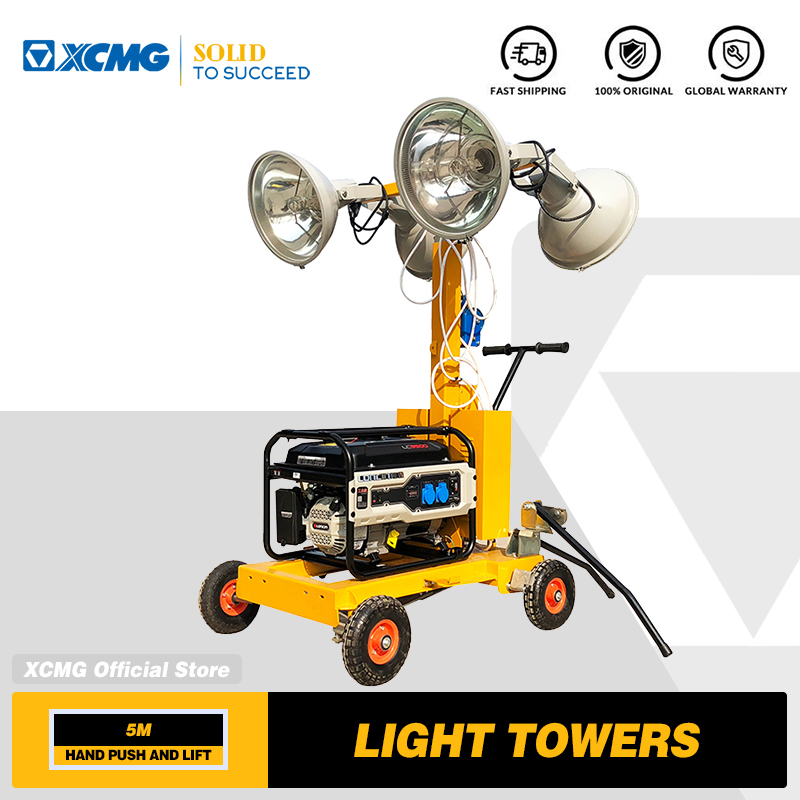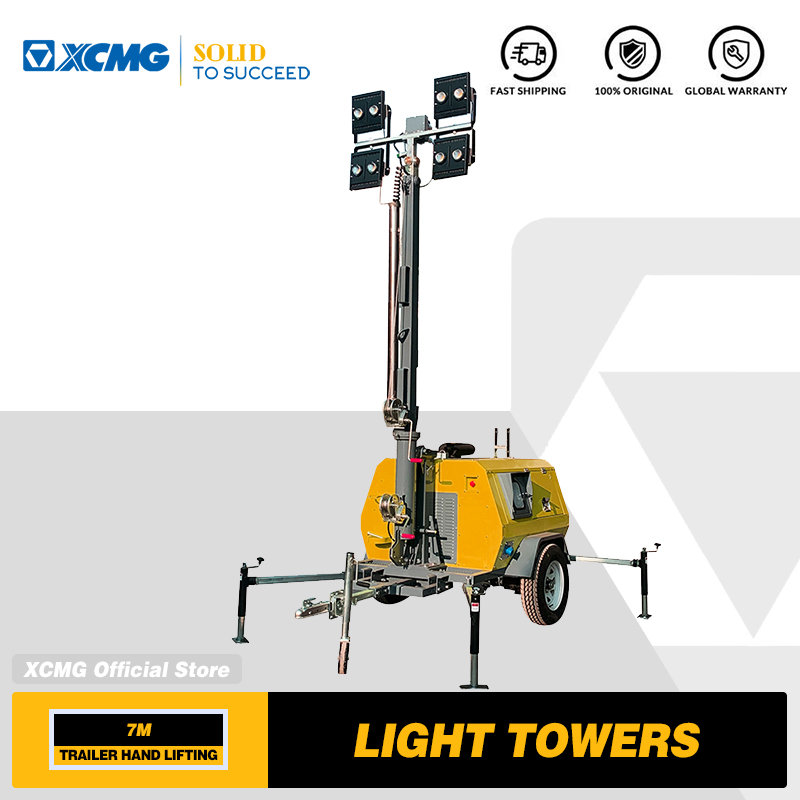Fourth-quarter net income rises 5% aided by strong execution and disciplined cost management.
Improving fundamentals in agricultural sector setting stage for stronger demand in year ahead.
Earnings for 2021 forecast to be $3.6 to $4.0 billion.
MOLINE, Illinois (November 25, 2020) — Deere & Company reported net income of $757 million for the fourth quarter ended November 1, 2020, or $2.39 per share, compared with net income of $722 million, or $2.27 per share, for the quarter ended November 3, 2019. For fiscal 2020, net income attributable to Deere & Company was $2.751 billion, or $8.69 per share, compared with $3.253 billion, or $10.15 per share, in 2019.
Worldwide net sales and revenues decreased 2 percent, to $9.731 billion, for the fourth quarter of 2020 and declined 9 percent, to $35.540 billion, for the full year. Equipment operations net sales were $8.659 billion for the quarter and $31.272 billion for the year, compared with corresponding totals of $8.703 billion and $34.886 billion in 2019.
"John Deere delivered another quarter of strong performance and a solid year despite the challenges associated with managing the pandemic," said John C. May, chairman and chief executive officer. "In this regard, I would like to pay tribute to the thousands of John Deere employees, dealers and suppliers throughout the world who have helped us safely maintain our operations and serve customers. Because of their contributions, Deere was able to complete a successful year and is positioned to continue providing differentiated solutions and unlocking even greater value for customers."
Company Outlook & Summary
Net income attributable to Deere & Company for fiscal 2021 is forecast to be in a range of $3.6 billion to $4.0 billion.
In the year ahead, Deere expects to benefit from improving conditions in the farm economy and stabilization in construction and forestry markets, according to May. "Higher crop prices and improved fundamentals are leading to renewed optimism in the agricultural sector and improving demand for farm equipment," he said. "At the same time, we are looking forward to realizing the benefits of our smart industrial operating strategy, which is designed to accelerate the delivery of solutions that will drive improved profitability and sustainability in our customers' operations."
Additional financial information is available in the PDF version of this release.
Safe Harbor Statement
Safe Harbor Statement under the Private Securities Litigation Reform Act of 1995: Statements under "Company Outlook & Summary," "Market Conditions & Outlook," and other forward-looking statements herein that relate to future events, expectations, and trends involve factors that are subject to change, and risks and uncertainties that could cause actual results to differ materially. Some of these risks and uncertainties could affect particular lines of business, while others could affect all of the company's businesses.
The company's agricultural equipment business is subject to a number of uncertainties including the factors that affect farmers' confidence and financial condition. These factors include demand for agricultural products, world grain stocks, weather conditions, soil conditions, harvest yields, prices for commodities and livestock, crop and livestock production expenses, availability of transport for crops, trade restrictions and tariffs (e.g., China), global trade agreements, the level of farm product exports (including concerns about genetically modified organisms), the growth and sustainability of non-food uses for some crops (including ethanol and biodiesel production), real estate values, available acreage for farming, the land ownership policies of governments, changes in government farm programs and policies, international reaction to such programs, changes in and effects of crop insurance programs, changes in environmental regulations and their impact on farming practices, animal diseases (e.g., African swine fever) and their effects on poultry, beef and pork consumption and prices and on livestock feed demand, and crop pests and diseases and the impact of the COVID pandemic on the agricultural industry including demand for, and production and exports of, agricultural products, and commodity prices.
Factors affecting the outlook for the company's turf and utility equipment include consumer confidence, weather conditions, customer profitability, labor supply, consumer borrowing patterns, consumer purchasing preferences, housing starts and supply, infrastructure investment, spending by municipalities and golf courses, and consumable input costs. Many of these factors have been and may continue to be impacted by global economic effects, including the downturn resulting from the COVID pandemic and responses to the pandemic taken by governments and other authorities.
Consumer spending patterns, real estate and housing prices, the number of housing starts, interest rates, commodity prices such as oil and gas, the levels of public and non-residential construction, and investment in infrastructure are important to sales and results of the company's construction and forestry equipment. Prices for pulp, paper, lumber and structural panels are important to sales of forestry equipment. Many of these factors affecting the outlook for the company's construction and forestry equipment have been and may continue to be impacted by global economic effects, including the downturn resulting from the COVID pandemic and responses to the pandemic taken by governments and other authorities.
All of the company's businesses and its results are affected by general economic conditions in the global markets and industries in which the company operates; customer confidence in general economic conditions; government spending and taxing; foreign currency exchange rates and their volatility, especially fluctuations in the value of the U.S. dollar; interest rates (including the availability of IBOR reference rates); inflation and deflation rates; changes in weather patterns; the political and social stability of the global markets in which the company operates; the effects of, or response to, terrorism and security threats; wars and other conflicts; natural disasters; and the spread of major epidemics (including the COVID pandemic) and government and industry responses to epidemics such as travel restrictions and extended shut down of businesses.
Uncertainties related to the magnitude and duration of the COVID pandemic may significantly adversely affect the company's business and outlook. These uncertainties include: prolonged reduction or closure of the company's operations, or a delayed recovery in our operations; additional closures as mandated or otherwise made necessary by governmental authorities; disruptions in the supply chain and a prolonged delay in resumption of operations by one or more key suppliers, or the failure of any key suppliers; the company's ability to meet commitments to customers on a timely basis as a result of increased costs and supply challenges; the ability to receive goods on a timely basis and at anticipated costs; increased logistics costs; delays in the company's strategic initiatives as a result of reduced spending on research and development; additional operating costs at facilities that remain open due to remote working arrangements, adherence to social distancing guidelines and other COVID-related challenges; increased risk of cyber attacks on network connections used in remote working arrangements; increased privacy related risks due to processing health-related personal information; legal claims related to personal protective equipment designed, made, or provided by the company or alleged exposure to COVID on company premises; absence of employees due to illness; the impact of the pandemic on the company's customers and dealers, and their delays in their plans to invest in new equipment; requests by the company's customers or dealers for payment deferrals and contract modifications; the impact of disruptions in the global capital markets and/or continued declines in the company's financial performance, outlook or credit ratings, which could impact the company's ability to obtain funding in the future; the duration and impact of the resurgence in COVID cases in any country, state, or region; and the impact of the pandemic on demand for our products and services as discussed above. It is unclear when a sustained economic recovery could occur and what a recovery may look like. All of these factors could materially and adversely affect our business, liquidity, results of operations and financial position.
Significant changes in market liquidity conditions, changes in the company's credit ratings and any failure to comply with financial covenants in credit agreements could impact access to funding and funding costs, which could reduce the company's earnings and cash flows. Financial market conditions could also negatively impact customer access to capital for purchases of the company's products and customer confidence and purchase decisions, borrowing and repayment practices, and the number and size of customer loan delinquencies and defaults. A debt crisis, in Europe or elsewhere, could negatively impact currencies, global financial markets, social and political stability, funding sources and costs, asset and obligation values, customers, suppliers, demand for equipment, and company operations and results. The company's investment management activities could be impaired by changes in the equity, bond and other financial markets, which would negatively affect earnings.
The withdrawal of the United Kingdom from the European Union and the perceptions as to the impact of the withdrawal may adversely affect business activity, political stability and economic conditions in the United Kingdom, the European Union and elsewhere. The economic conditions and outlook could be further adversely affected by (i) uncertainty regarding any new or modified trade arrangements between the United Kingdom and the European Union and/or other countries, (ii) the risk that one or more other European Union countries could come under increasing pressure to leave the European Union, or (iii) the risk that the euro as the single currency of the Eurozone could cease to exist. Any of these developments, or the perception that any of these developments are likely to occur, could affect economic growth or business activity in the United Kingdom or the European Union, and could result in the relocation of businesses, cause business interruptions, lead to economic recession or depression, and impact the stability of the financial markets, availability of credit, currency exchange rates, interest rates, financial institutions, and political, financial and monetary systems. Any of these developments could affect our businesses, liquidity, results of operations and financial position.
Additional factors that could materially affect the company's operations, access to capital, expenses and results include changes in, uncertainty surrounding and the impact of governmental trade, banking, monetary and fiscal policies, including financial regulatory reform and its effects on the consumer finance industry, derivatives, funding costs and other areas; governmental programs, policies, and tariffs for the benefit of certain industries or sectors; sanctions in particular jurisdictions; retaliatory actions to such changes in trade, banking, monetary and fiscal policies; actions by central banks; actions by financial and securities regulators; actions by environmental, health and safety regulatory agencies, including those related to engine emissions, carbon and other greenhouse gas emissions, noise and the effects of climate change; changes to GPS radio frequency bands or their permitted uses; changes in labor and immigration regulations; changes to accounting standards; changes in tax rates, estimates, laws and regulations and company actions related thereto; changes to and compliance with privacy regulations; changes to and compliance with economic sanctions and export controls laws and regulations; compliance with U.S. and foreign laws when expanding to new markets and otherwise; and actions by other regulatory bodies.
Other factors that could materially affect results include production, design and technological innovations and difficulties, including capacity and supply constraints and prices; the loss of or challenges to intellectual property rights whether through theft, infringement, counterfeiting or otherwise; the availability and prices of strategically sourced materials, components and whole goods; delays or disruptions in the company's supply chain or the loss of liquidity by suppliers; disruptions of infrastructures that support communications, operations or distribution; the failure of customers, dealers, suppliers or the company to comply with laws, regulations and company policy pertaining to employment, human rights, health, safety, the environment, sanctions, export controls, anti-corruption, privacy and data protection and other ethical business practices; events that damage the company's reputation or brand; significant investigations, claims, lawsuits or other legal proceedings; start-up of new plants and products; the success of new product initiatives; changes in customer product preferences and sales mix; gaps or limitations in rural broadband coverage, capacity and speed needed to support technology solutions; oil and energy prices, supplies and volatility; the availability and cost of freight; actions of competitors in the various industries in which the company competes, particularly price discounting; dealer practices especially as to levels of new and used field inventories; changes in demand and pricing for used equipment and resulting impacts on lease residual values; labor relations and contracts; changes in the ability to attract, train and retain qualified personnel; acquisitions and divestitures of businesses; greater than anticipated transaction costs; the integration of new businesses; the failure or delay in closing or realizing anticipated benefits of acquisitions, joint ventures or divestitures; the implementation of organizational changes; the failure to realize anticipated savings or benefits of cost reduction, productivity, or efficiency efforts; difficulties related to the conversion and implementation of enterprise resource planning systems; security breaches, cybersecurity attacks, technology failures and other disruptions to the company's and suppliers' information technology infrastructure; changes in company declared dividends and common stock issuances and repurchases; changes in the level and funding of employee retirement benefits; changes in market values of investment assets, compensation, retirement, discount and mortality rates which impact retirement benefit costs; and significant changes in health care costs.
The liquidity and ongoing profitability of John Deere Capital Corporation and other credit subsidiaries depend largely on timely access to capital in order to meet future cash flow requirements, and to fund operations, costs, and purchases of the company's products. If general economic conditions deteriorate or capital markets become more volatile, including as a result of the COVID pandemic, funding could be unavailable or insufficient. Additionally, customer confidence levels may result in declines in credit applications and increases in delinquencies and default rates, which could materially impact write-offs and provisions for credit losses.
The company's forward-looking statements are based upon assumptions relating to the factors described above, which are sometimes based upon estimates and data prepared by government agencies. Such estimates and data are often revised. The company, except as required by law, undertakes no obligation to update or revise its forward-looking statements, whether as a result of new developments or otherwise. Further information concerning the company and its businesses, including factors that could materially affect the company's financial results, is included in the company's other filings with the SEC (including, but not limited to, the factors discussed in Item 1A. Risk Factors of the company's most recent annual report on Form 10-K and quarterly reports on Form 10-Q).
This media release, financial highlights, and more financial data are
available in PDF format.

